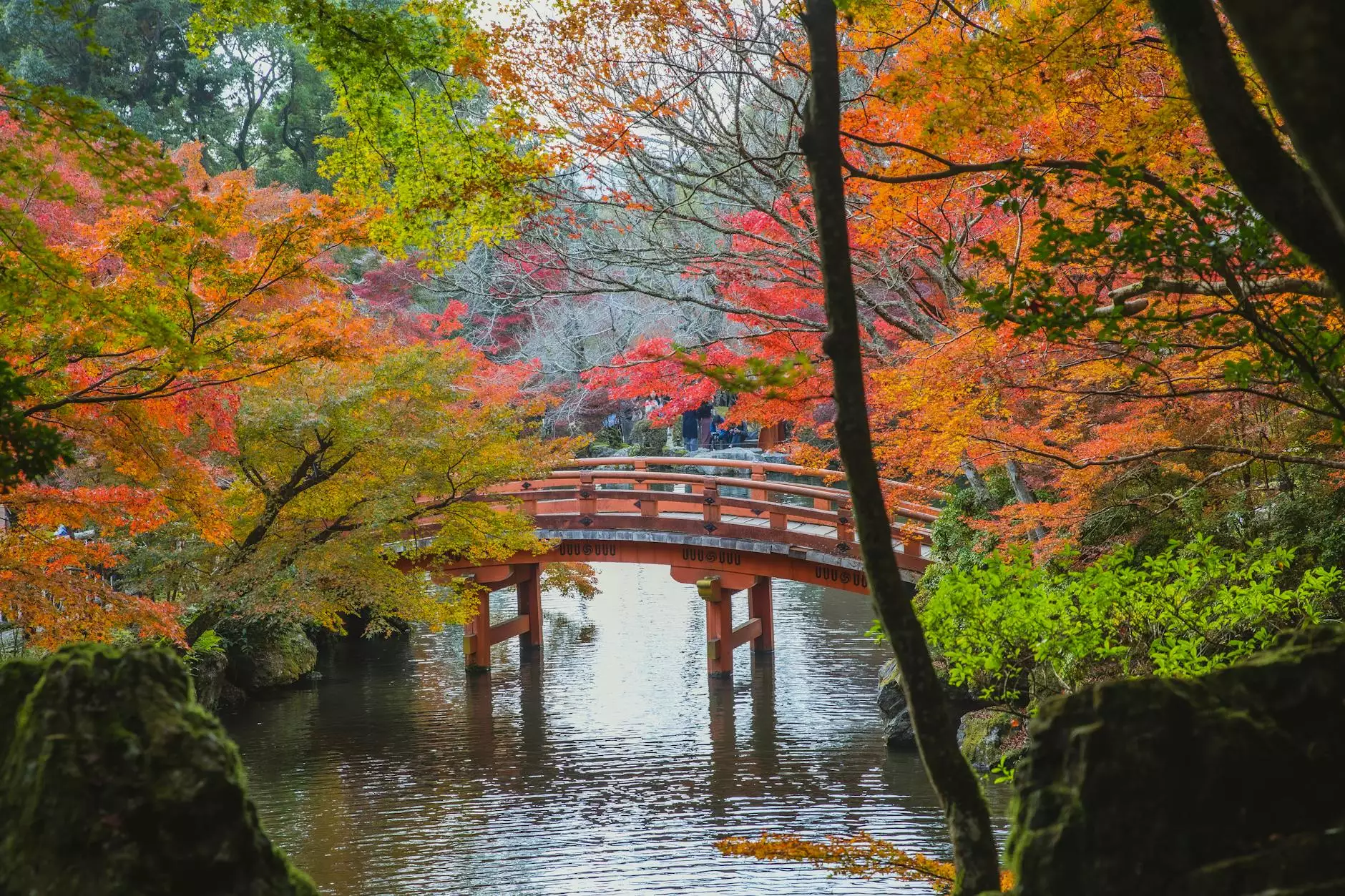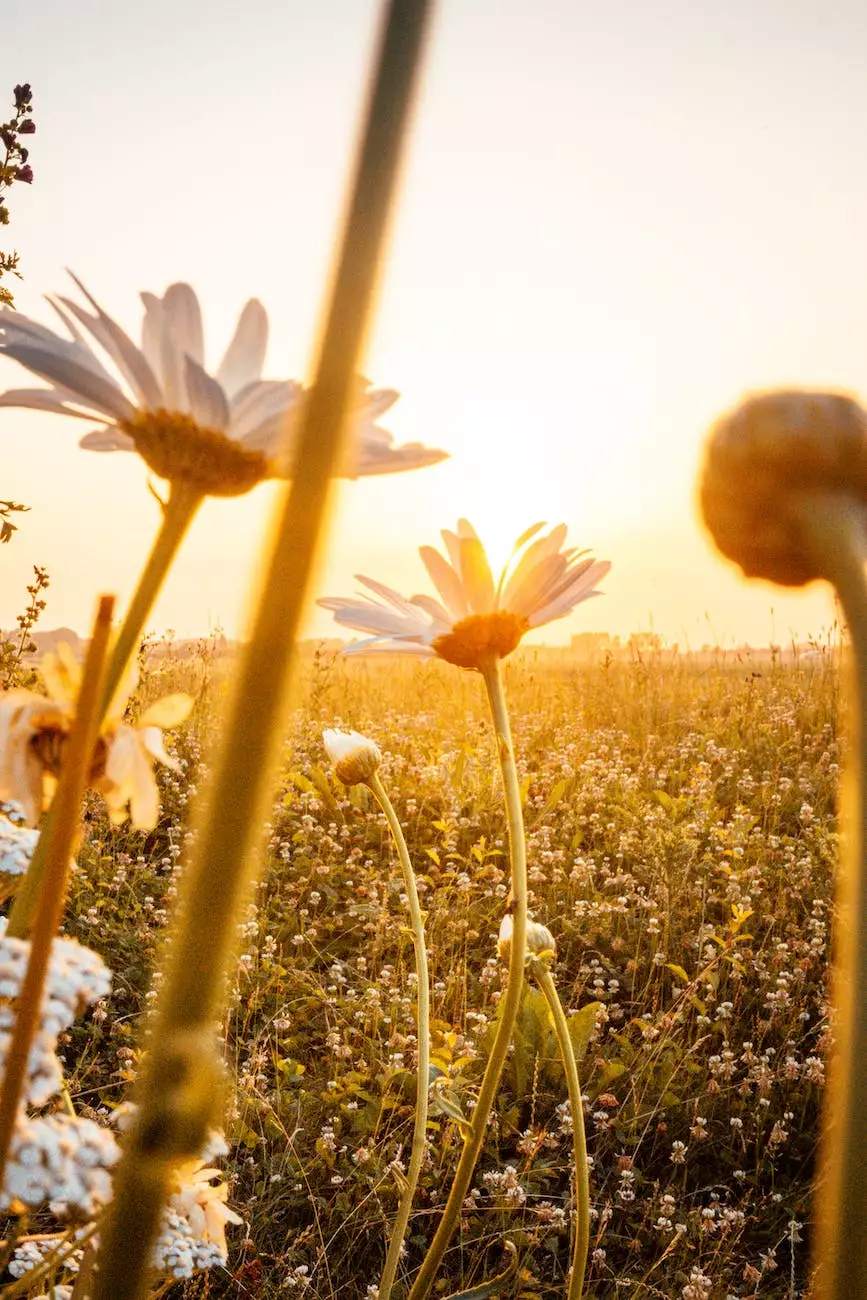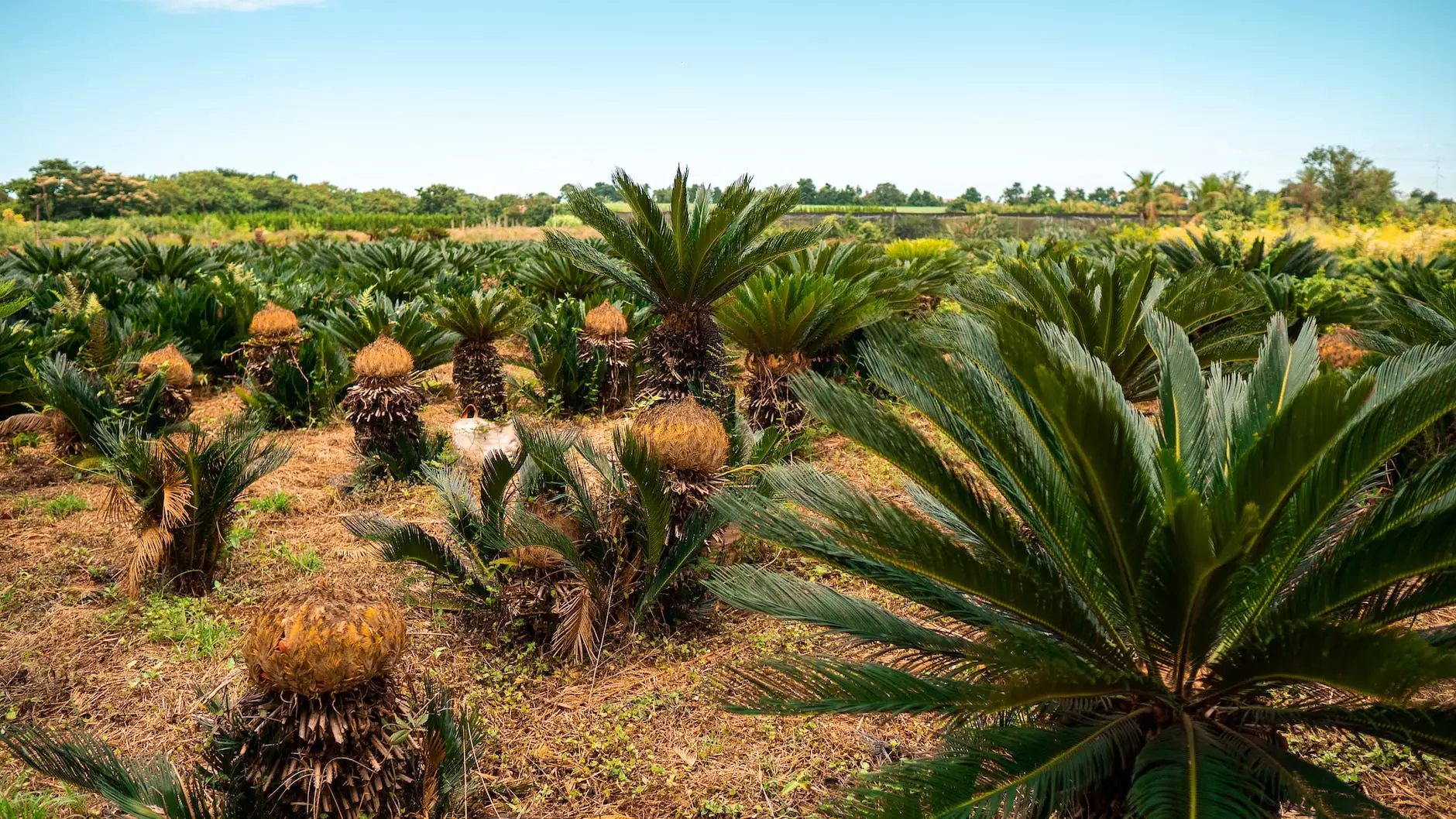How to Prune Trees and Shrubs - Expert Tips from Southside Fixtures
Garden Center
Introduction
Welcome to a comprehensive guide on pruning trees and shrubs provided by Southside Fixtures, your trusted source for professional real estate and landscaping services. In this article, we will share valuable insights and expert advice on pruning techniques to help you maintain the health and beauty of your green spaces.
Why Pruning is Essential
Pruning is a fundamental practice for maintaining the overall health and aesthetics of trees and shrubs. By removing dead or diseased branches, you enhance the plant's ability to allocate resources effectively. Pruning also promotes better air circulation and sunlight penetration, leading to healthier and more vibrant growth.
Pruning Techniques
1. Timing
Timing plays a crucial role in achieving optimal results when pruning trees and shrubs. The ideal time for pruning depends on the specific plant species. It is generally recommended to prune deciduous trees during their dormant season, which is typically in late winter or early spring. Evergreen trees, on the other hand, can be pruned in late spring or early summer.
2. Equipment
Using the right tools is essential for successful pruning. Make sure your pruning equipment is clean and sharp to minimize damage to the plant. Common tools include bypass pruners, loppers, pruning saws, and hedge shears. Each tool serves a specific purpose, so familiarize yourself with the appropriate tool for the job.
3. Selective Pruning
When pruning, follow the selective pruning approach, which involves removing specific branches to achieve desired outcomes. Start by identifying dead, damaged, or weak branches. Next, thin out overcrowded areas to improve air circulation. Additionally, remove any branches that cross or rub against each other, as this can cause wounds and open pathways for diseases.
4. Pruning Techniques for Shrubs
Shrubs require different pruning techniques depending on their growth habits. For flowering shrubs, it's important to prune immediately after the flowering period to avoid trimming off next season's blossoms. Shape shrubs by selectively cutting back the longest stems to maintain a balanced appearance. Avoid excessive pruning, as it may hinder future growth and affect the plant's natural form.
5. Pruning Techniques for Trees
Pruning trees requires careful consideration to ensure the structural integrity and longevity of the plant. Start by removing any dead, damaged, or diseased branches. Then, focus on maintaining a dominant central leader branch and removing competing branches that can weaken the tree's structure. When pruning, make cuts just outside the branch collar to facilitate proper healing and minimize the risk of infections.
Pruning Tips for Safety
While pruning offers numerous benefits, it is essential to prioritize safety during the process. Follow these tips to ensure a safe pruning experience:
- Wear protective clothing, including gloves, goggles, and sturdy shoes.
- Work in dry weather conditions to prevent slipping.
- Use a stable ladder or platform when pruning hard-to-reach areas.
- Take breaks and stay hydrated during prolonged pruning sessions.
- If the task seems too complex or hazardous, consider hiring a professional arborist.
Conclusion
Pruning trees and shrubs is an essential task to maintain the health, aesthetics, and safety of your green spaces. By following the expert tips and techniques provided by Southside Fixtures, you can confidently prune your plants and achieve outstanding results. Remember to prioritize safety and invest in proper tools for a successful pruning experience.
For further guidance or professional assistance with all your real estate and landscaping needs, contact Southside Fixtures today.










